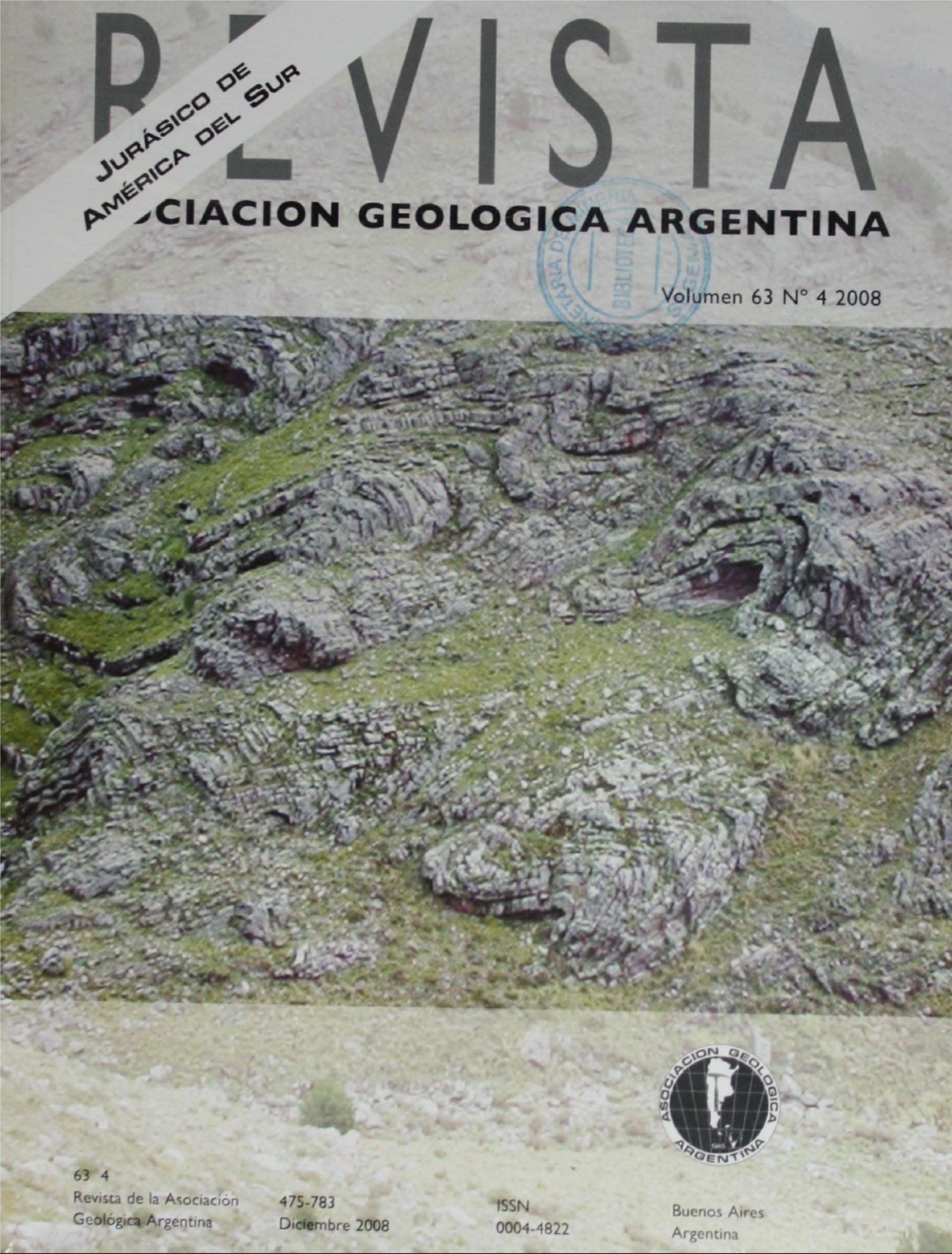High resolution stratigraphy and gravity flow deposits in the Los Molles Formation (Cuyo Group - Jurassic) at La Jardinera region, Neuquén basin
Main Article Content
Abstract
The Pliensbachian to Early Callovian Cuyo Group in the Arroyo La Jardinera area reflects a shelf-slope-basin plain physiography. A major unconformity defines the onset of a thick turbidite succession and represents a 2nd order sequence boundary. The older 2nd order depositional sequence comprises the base of Los Molles Formation and includes a transgressive-regressive cycle ascribed to basin plain and slope rise strata. The younger one, which includes the rest of the Cuyo Group, consists of a regressive succession punctuated by several abrupt shifts of physiographic elements (3rd order sequence boundaries). The 3rd order depositional sequences include Aalenian slope rise and slope deposits in the Los Molles Formation, Early Bajocian shelfal facies at the transition of the Los Molles and Lajas formations, and Middle to Late Bajocian inner shelf to nearshore strata in the Lajas Formation that are overlain by Bathonian alluvial deposits of the Challacó Formation. Higher frequency cycles punctuate the succession and have controlled the origin, deposition and abandonment of the architectural elements. Facies and architectural elements analyses indicate that gravity flow deposits in the Los Molles Formation fit in a submarine ramp model. The three identified gravity flow (GF) types have been related to 4th order relative sea-level falls. The GF1 was ascribed to hyperpycnal flows produced during 4th order early lowstand, coeval to fluvial incision on the shelf, which were ignited in the slope and produced depletive depositional pulses with a fluvial compositional signature. The GF1 system includes relatively small channels in the slope, well-developed lobes in the slope rise and proximal basin plain, and lobe fringes in the basin plain. The GF2 strata were ascribed to hyperpycnal flows influenced by an oscillatory component and related to the 4th order late lowstand systems tract that also includes the incised channels fill. They are characterized in the slope by widespread, undulating and laminated sandstone and heterolithic facies, which include low relief scours at their central portions. They represent more diluted and finer-grained density flows relative to the GF1. The GF3, also associated with the 4th order lowstand wedge, comprises mass and debris flow deposits in the slope and slope rise that represent classical, short-lived surges caused by slope failures on relatively steep slopes. The 4th order transgressive and highstand systems tracts led to the abandonment of the turbidite stages and widespread mud deposition.
Article Details

This work is licensed under a Creative Commons Attribution-NonCommercial 4.0 International License.
Nota de copyright
Los autores conservan los derechos de autor y garantizan a la revista el derecho de ser la primera publicación del trabajo licenciado según una licencia de atribución Creative Commons que permite a otros compartir el trabajo con el reconocimiento de la autoría y de la publicación en la que se publicó por primera vez.
Declaración de privacidad
Los nombres y direcciones de correo electrónico introducidos en esta revista se usarán exclusivamente para los fines declarados por esta revista y no estarán disponibles para ningún otro propósito u otra persona.

